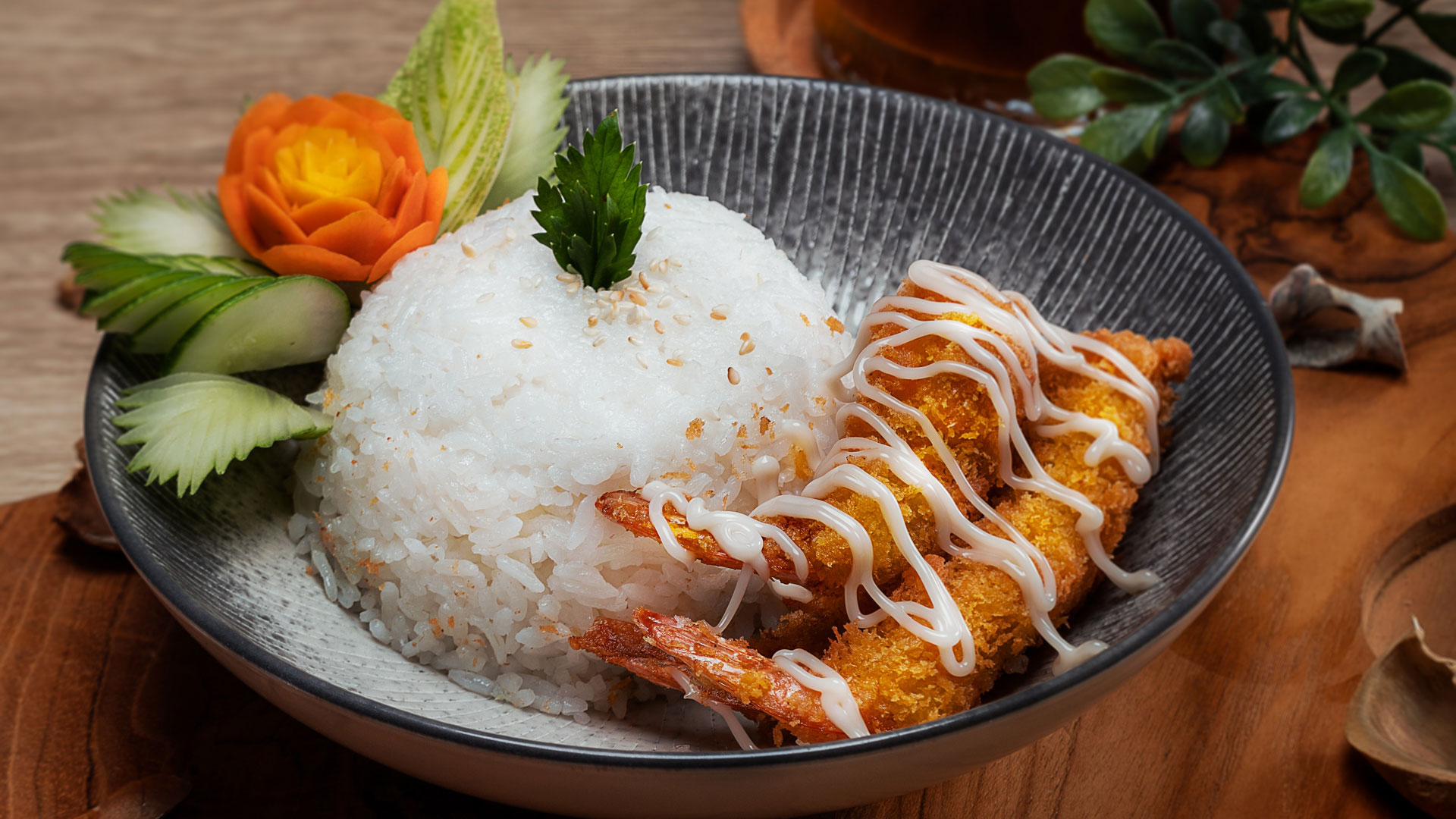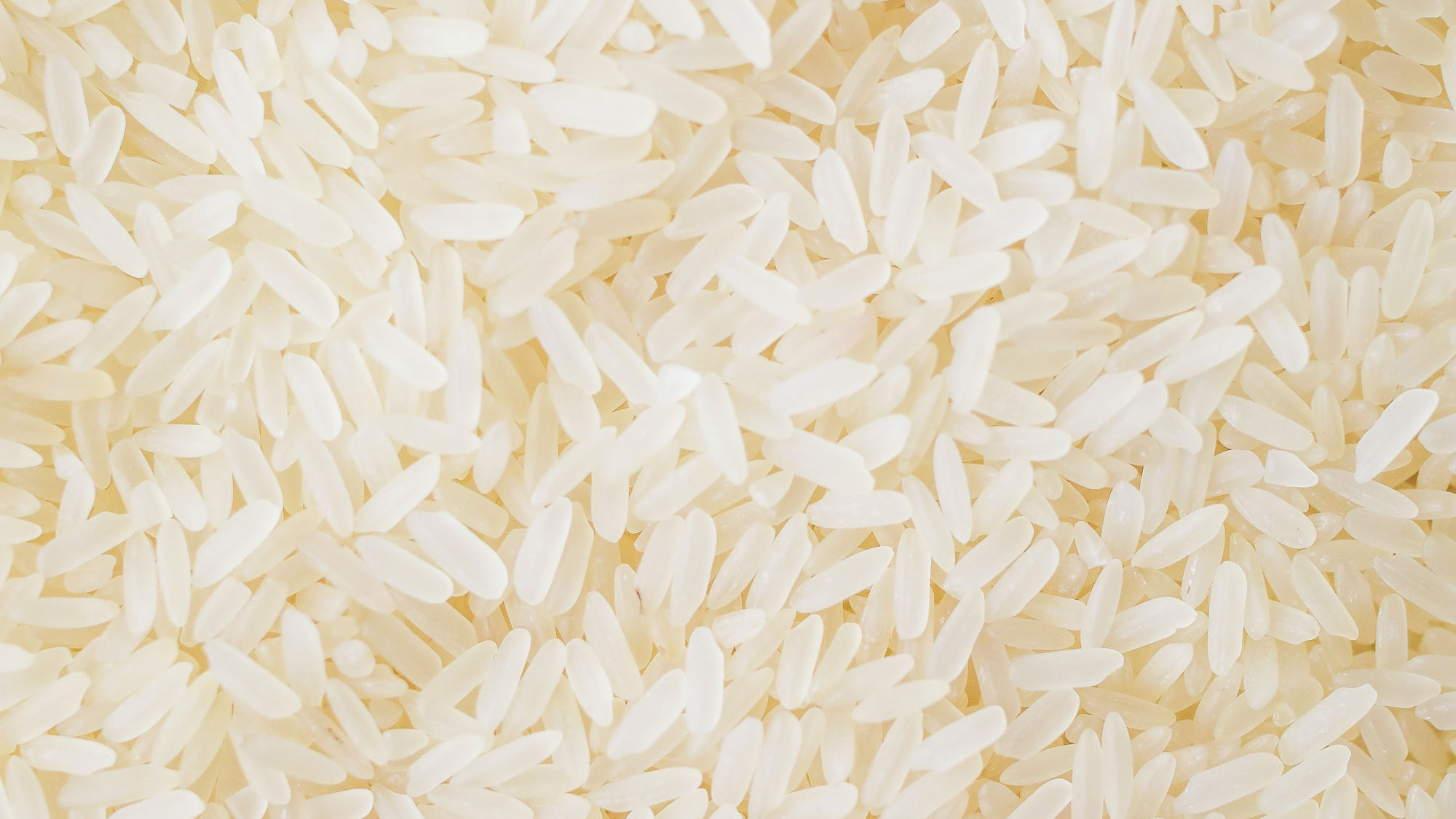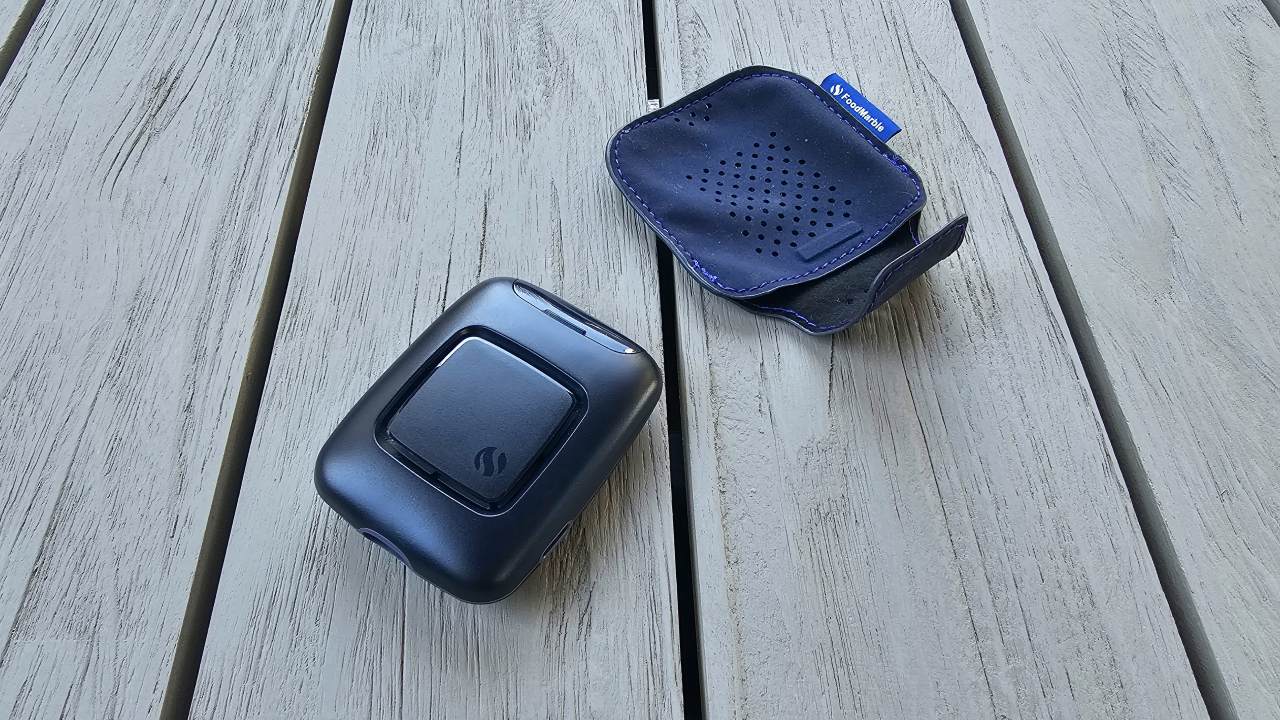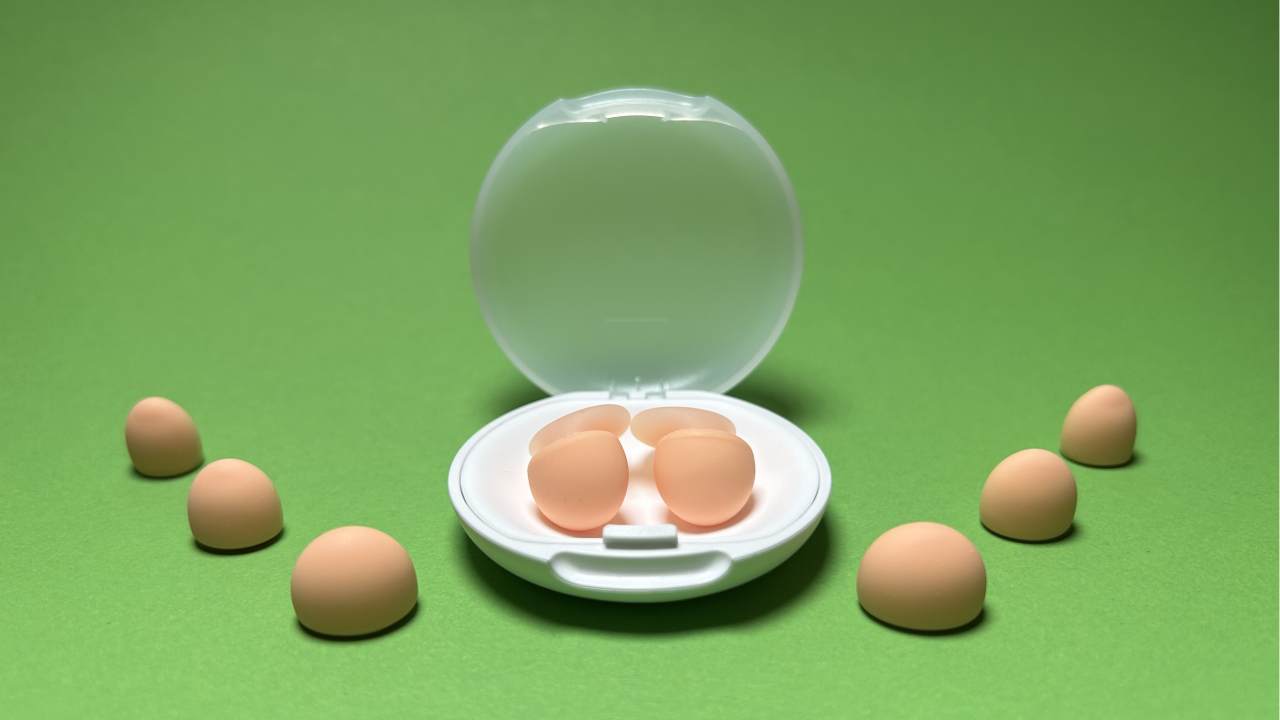

Rice might seem like a healthy eating option – depending on what you have with it, of course – but it's not as good for you as you might think. Compared to the usual carbohydrate favourites such as bread or potatoes it's a winner, but it's still loaded with calories and starch.
A single cup of rice contains about 240 calories and 1.6 ounces of starch; Harvard University reckons that a single serving of white rice can cause almost the same blood sugar spike as you'd get from eating pure sugar. And while carbohydrates are an important part of our diet, reducing your carb intake is rarely a bad idea.
Luckily, scientists in Sri Lanka have discovered a way of cooking rice that seriously reduces the starch levels, and which could reduce the calories absorbed by the body by up to 60%. First presented at a meeting of the American Chemical Society in Denver, it's an easy technique to try, but you'll need to plan ahead.
- Want perfect rice every time? You need one of the best rice cookers
- ... and you might be able to bag a bargain with one of the best Black Friday deals

First, though, the science. According to Sudhair A. James of the College of Chemical Sciences in Colombo, Western Sri Lanka, rice contains two types of starch – digestible and resistant. And it's digestible starch that's the problem; it's broken down in the small intestine, metabolised into glucose and absorbed into the bloodstream.
However, says James, after your body converts carbohydrates into glucose, any leftover fuel gets converted into a polysaccharide carbohydrate called glycogen. "Your liver and muscles store glycogen for energy and quickly turn it back into glucose as needed," he explains. "The issue is that the excess glucose that doesn’t get converted to glycogen ends up turning into fat, which can lead to excessive weight or obesity."
Resistant starch (RS), however, doesn't get broken down, so James and his team looked into ways of cooking rice that increased the RS content. The result is a cooking technique that changes the cellular architecture of starch, making it resistant to digestive enzymes and reducing calorie intake by about 50-60%. Here's how to do it:
- First, add a teaspoon of coconut oil to boiling water
- Next, add half a cup of white rice and simmer for 40 minutes or boil for 20-25 minutes
- Once the rice is cooked, cool it in the fridge for at least 12 hours
- Finally reheat your rice that now has about 10 times the amount of resistant starch
Like we said, you'll have to plan ahead if you want to enjoy this healthier rice. And if you want to know more about the science behind this technique, you can find a fuller explanation here.
Sign up to the T3 newsletter for smarter living straight to your inbox
Get all the latest news, reviews, deals and buying guides on gorgeous tech, home and active products from the T3 experts
Jim is a freelance writer who has been largely occupied with writing about the mattress industry for the past few years. Jim spent most of 2023 working as Sleep Editor on TechRadar and learning more about mattresses than they ever wanted to know. Jim has also covered graphic design, politics, films and web design, as well as writing promotional material and video scripts for tech and video game companies.
-
 I spent 6 weeks with the FoodMarble Aire 2: here’s what I learned about my gut health
I spent 6 weeks with the FoodMarble Aire 2: here’s what I learned about my gut healthI’ve been testing the clever breath-testing gadget with the companion app over several weeks to find out if it delivers on its promises
By Lee Bell
-
 Oil pulling is going viral on TikTok for stopping morning breath – but does it actually work?
Oil pulling is going viral on TikTok for stopping morning breath – but does it actually work?4 hacks that prevent morning breath, according to a sleep expert
By Bethan Girdler-Maslen
-
 These limited edition McLaren x Loop earplugs are what you need for Formula 1 season
These limited edition McLaren x Loop earplugs are what you need for Formula 1 seasonMcLaren teams up with Loop on limited edition noise-reducing earplugs
By Bethan Girdler-Maslen
-
 3 reasons why you wake up at 3am every night – and how to avoid it
3 reasons why you wake up at 3am every night – and how to avoid itAlways waking up in the middle of the night? This could be why…
By Bethan Girdler-Maslen
-
 Therabody experts give 7 tips for perfecting your sleep routine for World Sleep Day
Therabody experts give 7 tips for perfecting your sleep routine for World Sleep DayFrom breathing exercises to sleep masks, here’s how to prioritise sleep, according to experts
By Bethan Girdler-Maslen
-
 Loop Dream review: super soft earplugs to help you snooze soundly, even if you’re a side sleeper
Loop Dream review: super soft earplugs to help you snooze soundly, even if you’re a side sleeperSquishy silicone and uniquely shaped ear tips take Loop’s nighttime earplugs to dreamy heights
By Joanna Ebsworth
-
 Can’t get to sleep? Grounding bed sheets could be the answer – but I need convincing
Can’t get to sleep? Grounding bed sheets could be the answer – but I need convincingIs this the future of sleep tech?
By Bethan Girdler-Maslen
-
 Simba reveals 3 shocking signs of sleep deprivation on the body
Simba reveals 3 shocking signs of sleep deprivation on the bodySimba’s latest study reveals the main physical effects of sleep deprivation
By Bethan Girdler-Maslen

